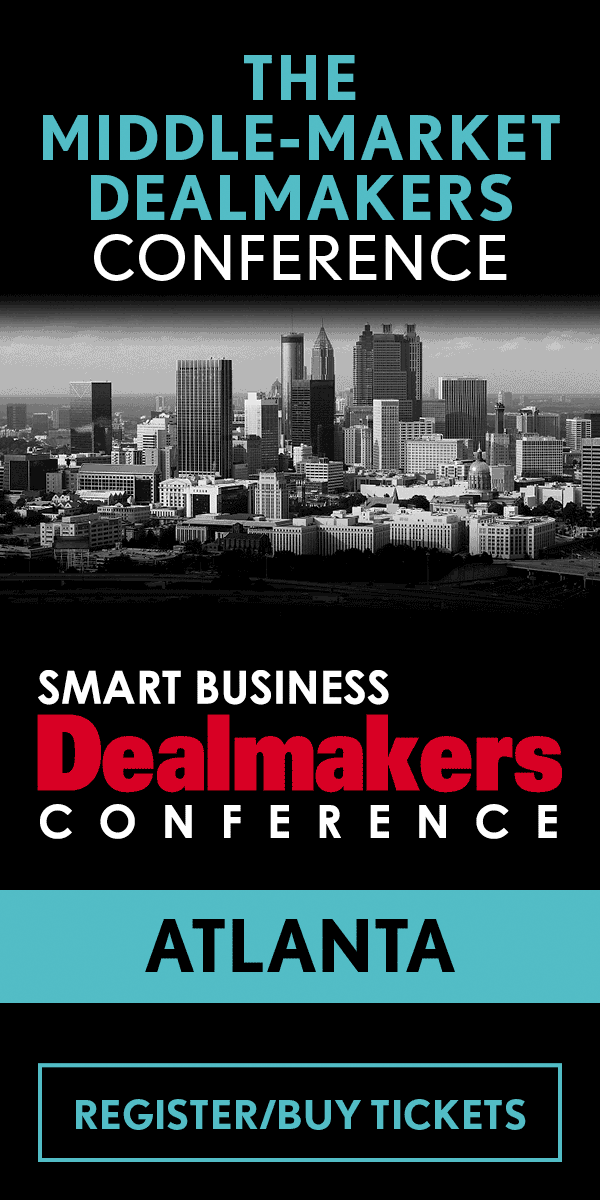The definition of value in M&A has changed. For example, two years ago, Tiugo Technologies CEO Mark Hatton says growth at all costs was the game.
“If you are growing at a healthy clip, you get a lot of interest with investors, a lot of investors talk to bankers, and that was really the key driver. The size of your TAM (total addressable market),” Hatton said at the Boston Smart Business Dealmakers Conference. “So, if you're growing really fast, and you're in a really big market, that was a big deal. And that was going to equate to a really nice outcome for you.”
Revenue, two years ago, was revenue; it didn’t matter the kind. But that has also changed.
“And what's really changed is revenue is not revenue,” he says. “Revenue in terms of the predictability and the recurring part of it and your ability to retain customers (is) super, super important. Now profitable growth really matters.”
He says companies that are growing at 30 percent with 20 percent margins are creating more value than companies that are growing at 50 percent with 2 percent margins. That's very different than it was 24 months ago.
Businesses and private equity have also changed their idea of what types of companies can create value and justify an acquisition.
“Now, quality, and really the type of solution you're offering — mission critical, things that people have to have — that matters more than the size of the TAM,” Hatton says. “So, there's a big difference in terms of what value really is. And I think as we're building our companies, we should be thinking about that because if we're using a map of 24-plus months ago, it's going to be a difficult outcome because people are looking at you differently today.”
Value has also changed the post-deal approach to acquisitions He says his private-equity-backed company is buying smaller, entrepreneur-led companies and then bringing in a full technology stack, back office and financial systems. They’re also mentoring the CEOs on how to work in that environment, with many of them rolling equity, in preparation for taking the business to the next level. And because there is an eye through the process of what the next buyer will be looking for, they’re building that into their approach to the company post-acquisition. That model has made the human capital side of a deal really important because that’s a major factor in the next outcome.
“The private equity firm that owns us today wants to get the most value possible for that business,” he says. “And the buyer wants to pay the least amount of money possible for that business. And therein lies the dance. So, you better have a really, really good story and team that tell the buyer, the next investor, what their $100 million or whatever they put to work is going to get them. That's the value that really comes into the building of what we're doing.”
When it comes to a sales process, he says some may think about the value in terms of selling an object. But it's so different than that.
“You're not selling a bicycle,” he says. “You’re not selling a fixed object. You're selling a company that the next investor is expecting to make two, three, four, whatever times their money on. You're a strategist. You're the person that's going to help them see where that's going to be. This isn't a transaction that has a beginning and an end most of the time. It's a transaction where they're looking for you to be a partner as you go forward. And you can really start to generate that next level of returns because this cycle keeps going over and over and over.”




